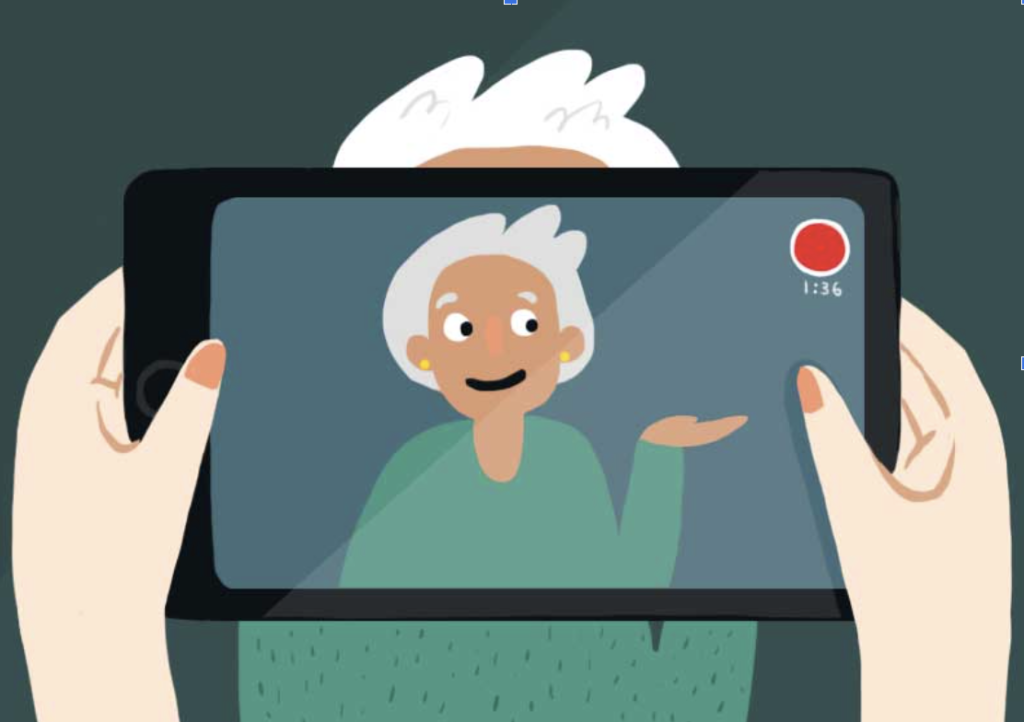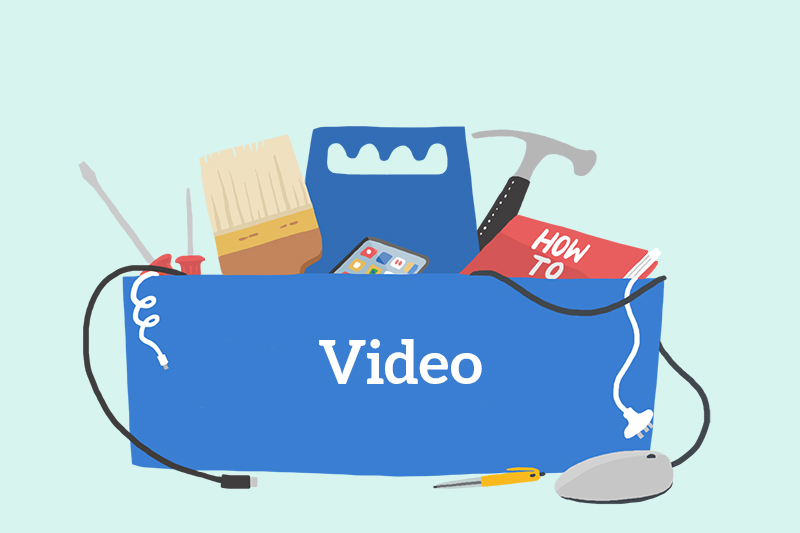
By Kat Jenkins
I’ve helped on over 50 crowdfunding campaigns. Along the way I have talked to hundreds of crowdfunders, run several campaigns myself, and worked closely on dozens of others.
I’ve learned that there are a few things that you can expect to encounter in every single campaign. Knowing what to expect will put you in a better position for success.
There are things you need to know about your project before you bring it to PledgeMe.
Many campaigns fail to ask a few simple questions before launch. So here are five to ask yourself before you hit the “launch” button.
What are you doing?
You need to be able to explain this in 2 sentences or less. Some people call this an “elevator pitch”.
You won’t be able to answer all the questions in those two sentences, but they should be designed to peak a person’s interest. To get them asking “oh yes, tell me more…”
Without it, you won’t hold the attention of viewers long enough to convince them to pledge.
What does the money cover?
Put in the research, get quotes. Know how much you need.
Forget about the PledgeMe fees and rewards costs just for now, and make sure you know the number you need to make the thing you want to do happen.
Many crowdfunders have come to me with an “approximate”. When I really push them, that approximate number can vary hugely from the actual number they need.
Your chances of success are influenced by how high your target is, so make sure you’re going for your minimum – and be sure of how much that is.
Why would anybody care?
If you want a crowd to support you, then you need to make them care.
What problem will you be solving for your pledgers? Why should they help you make this thing a reality? What’s in it for them?
It helps to think about who is likely to pledge to your project. Knowing what kind of person might pledge on your campaign makes crafting your video, description, rewards, and promotion so much easier.
Many people who fail, fail to stop thinking about that pot of gold at the end of the rainbow and consider why someone is giving it to them in the first place.
Where is your crowd coming from?
Here’s a hint: it won’t be out of thin air.
Your crowd is already made up of so many people. Your family, friends, old workmates, and internet friends are often the first members of your crowd.
Then if you are a business or creative, you might have a secondary layer of fans or customers. Perhaps they live on a social media account or email list.
In an ideal world, these two layers will get you funded. But sometimes you need to find the third layer: everyone else.
That’s when being clear about the type of person you think will pledge to your campaign will come in helpful.
Look at the kind of traditional and social media they pay attention to and pitch your story to them.
What do you really care about?
The thing is, a crowd can be a pain in the bum. They have high expectations and they’re not afraid to have a moan when things don’t live up to the hype they bought into. When things go wrong, sometimes they turn into an angry mob.
But gosh, when they move they can do some truly awe-inspiring things.
So you have got to want that crowd. If you just want the money, then there are other less-intensive ways to get it. The bank is an option. So is a family friend, or saving. Or selling everything to scrape it together.
For crowdfunding to work at its best, you have to love your crowd. You need to appreciate every word of feedback, and to genuinely want the support of those people.
You need to want to communicate with them. In fact, I would go so far as to say that for you, the crowd should be more important than the money.
Takeaways
99% of failed projects don’t address at least one of these questions in their campaign. Too often, projects haven’t considered any of them.
And I want you to succeed.
So please, do yourself a favour and honestly answer these 5 questions before you launch. Adjust your campaign accordingly. It’ll make a world of difference to your chances of success.
About Kat Jenkins

In 2014, Kat quit her office job to try her hand at helping people crowdfund. She’d been a prolific pledger (she’s pledged to 75 PledgeMe campaigns to date) for a little while and was frustrated at seeing great ideas go unfunded.
Between 2014 and 2018, Kat worked on over 50 campaigns – including all three of PledgeMe’s equity rounds – before retiring to go learn about horticulture and native plants.
These days, Kat has a job she loves as a gardener at a rest home. She also maintains a weekly gardening and lifestyle blog, grows 5 varieties of garlic, and sells a cat-treat product – Kat’s Nip – grown in her garden.
In July, PledgeMe’s founder Anna got in touch, asking if Kat would be interested in ‘coming out of retirement’ for a very special project. That project – with Nisa Manufactory – quickly joined the ranks of PledgeMe’s biggest-ever project campaigns.
Kat has helped creators raise almost $300,000 through PledgeMe project campaigns over the years. And while looking at her records, she realised those PledgeMe campaigns had a 100% success rate (and 87% overall)!
It got Kat and Anna thinking. What if they dusted off Kat’s old website content, updated it, and put it on PledgeMe so every project creator could learn Kat’s secrets again?
And so we are beginning this series of blogs, which we hope you’ll find useful.



